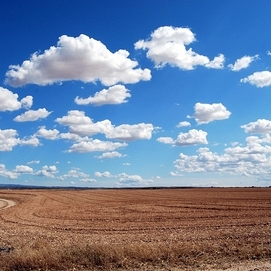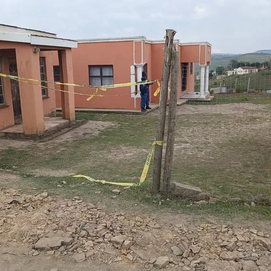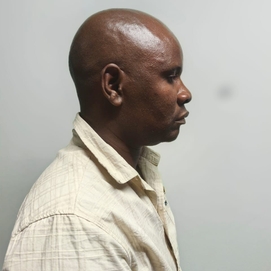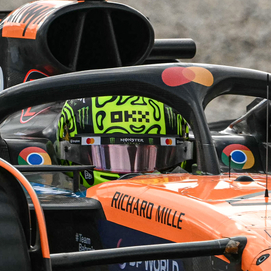The severity of the anticipated price shocks is as yet unclear, but the general manager of the SA Poultry Association (Sapa) Izaak Breitenbach has confirmed to Moneyweb that shortages could last well into the festive season as the industry tries to gain control over the situation.
“We are already seeing shortages in commercial table eggs in the marketplace and that will put upward pressure on the price of table eggs,” says Breitenbach.
“The second one is obviously chicken meat – we forecast that we will see a shortage of chicken meat going into the festive season and that will also put upward pressure on the prices of chicken meat.”
There is however hope that the implementation of some mitigating measures will help soften the pricing blow.
One of these, according to Sapa, is the possible importing of some 11.5 million fertilised eggs into the country to offset local shortages.
These eggs will help plug the shortfall of broiler chickens. Breitenbach adds that the industry expects to rely a lot more on chicken imports and that total imports leading up to the December period will see a significant uptick.
Dumping ban could hurt
FNB senior agricultural economist Paul Makube points out that the decision by the Department of Trade, Industry and Competition (dtic) to impose anti-dumping duties on chicken imports this year may now hurt consumers since the duties push up the cost of imported poultry meat.
In August the dtic moved to protect the struggling industry from dumped frozen bone-in portions of chicken from Brazil and other European countries like Spain and Denmark.
September’s massive fuel price hikes add another layer to price dynamics for the industry, especially as rolling blackouts remain an issue.
“All these will add to the cost of distribution and production given the use of generators in the production process. So the costs are piling up on the sector,” says Makube.
“Given the huge number of birds that have been culled, that will impact through to the festive season, even beyond if the situation is not contained because so far indications are that the numbers [of new HPAI infections] are still rising,” he adds.
Why so bad?
High densities in the inland region and a more insidious strain of the virus are just some of the factors driving the spread of the disease.
According to Breitenbach, the inland region has a far greater poultry density than areas like the Western Cape and KwaZulu-Natal.
This means the spread between farms happens faster than in other regions.
Another factor that has proven deadly for the industry is the behaviour of the H7 strain of the virus.
The industry has picked up that with this strain birds take much longer to show signs of infection. This means slower detection by farmers and ultimately significantly more casualties.
“We can also say that the difference with this particular strain is that while the H5 strain kills the birds within two days, this one [H7] is a little bit slower and obviously birds live longer with the virus … and that becomes an issue [since they] infect other poultry flocks,” says Breitenbach.
Culling policy failing
Farmers are required to cull all chickens and destroy all eggs found at the site of an avian flu outbreak.
The same applies to farms located within 3km of the site of initial infection.
In the past, this has helped farmers contain the spread of disease and limit the impact.
According to Sapa, the first bird flu outbreak in 2017 saw roughly 2.7 million birds slaughtered, and in 2021 approximately 3 million birds were culled.
To date, 2023 has seen the slaughter of approximately 7.5 million birds – a sign, says Breitenbach, that this policy may be failing.
“At present, it doesn’t seem our culling policy is working and [this] may be because we are in an area where the population density of chicken is incredibly high. So chicken is closer to each other and it is more difficult to do a culling policy successfully,” he said.
Alarm bells
September alone has seen all listed JSE-listed poultry producers sounding the alarm on the severity of the latest outbreak.
Astral Foods was the first, in this latest outbreak, to speak up about the impact of the bird flu on the industry. Following the release of a trading update, the country’s largest poultry producer called the outbreak “the worst” to hit the inland region.
Shortly afterwards Quantum Foods reported that the virus had wiped out 1.5 million of its layer and breeding stock, costing the company R106 million.
RCL Foods reported on Thursday that it had to cull about 410 000 of its birds after the virus affected 11 of its 19 sites in the inland region, dealing a R115 million blow to date.
The Rainbow chicken producer described the virus as moving “at a rapid pace”.












